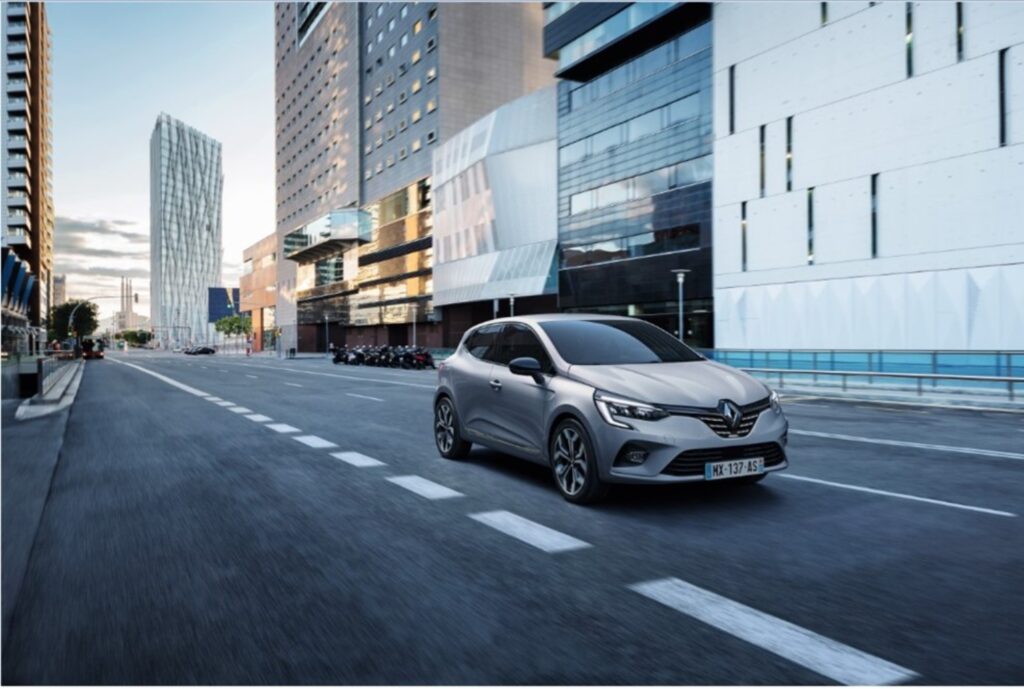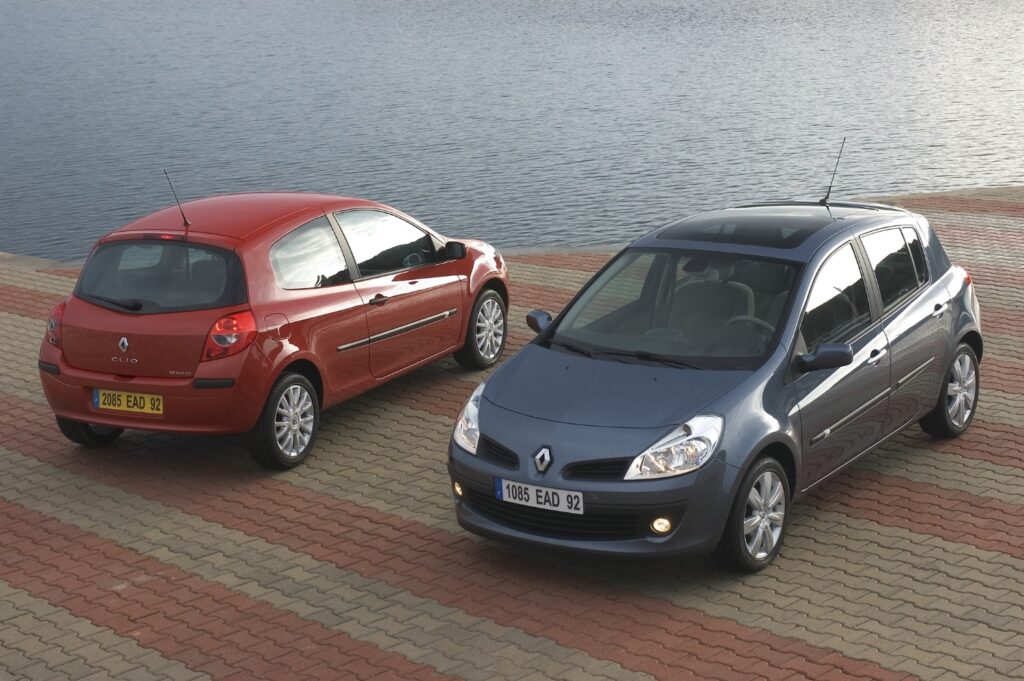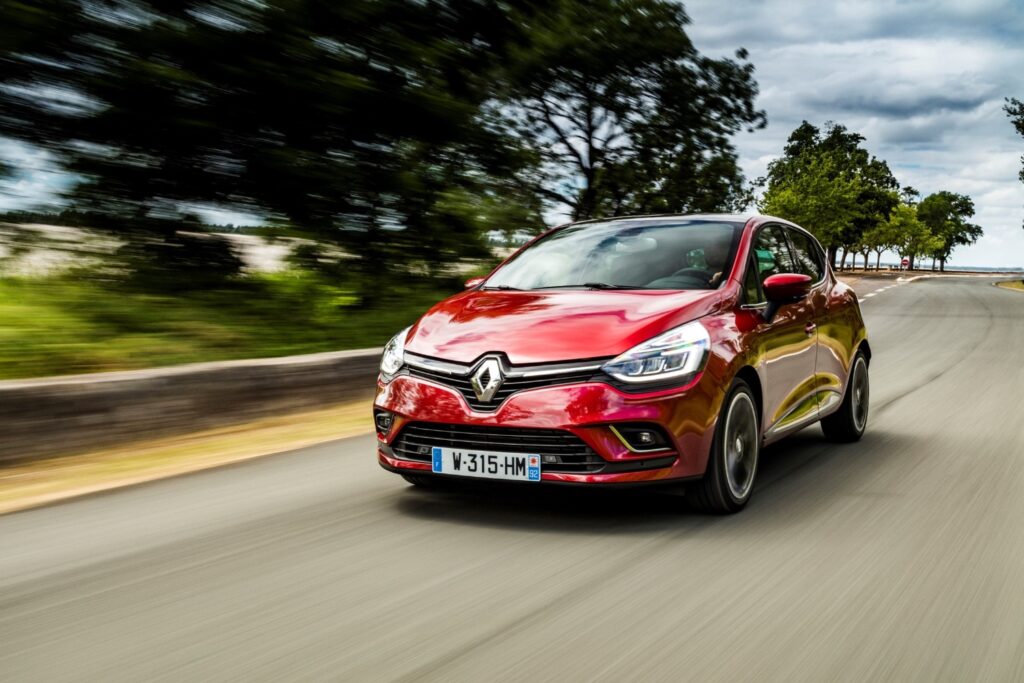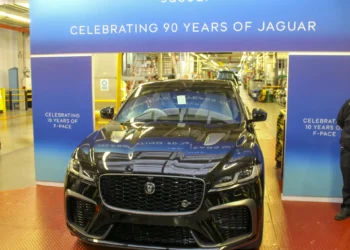The launch of the revamped Renault Clio (phase II of the fifth generation) coincided with the milestone of 500,000 units sold, only in Portugal. Impressive number, which corresponds to an average of over 40 units per day delivered to a dealership, since it was launched 33 years ago. No other car has managed to reach so many Portuguese…
Portugal, and Portuguese consumers, got to know the Renault Clio during the summer of 1990, after an unprecedented marketing campaign, which generated curiosity in the streets of Lisbon and Porto, suddenly filled with strange, giant, red eggs. The impact of the debut announced the success of the B segment at the top of new car sales in our country for over three decades.

In reality, despite inheriting the legacy of a model like the Renault 5 (in the combination of arguments such as habitability, comfort, behavior, economy or value for money, for example), for often offering equipment and qualities reserved for higher segments, the compact also gained a (advertising) signature for posterity: “Clio: Big for What?”.
The utility vehicle, which started being designed in the late 1980s, under the code name X57, was supposed to embrace a new era of modernity, abandoning the numerical designation in favor of a name. The marketing team loved the idea, believing it would be easier to work with a name than with a number. The designation “Clio” is an allusion to the muse of history and creativity in Greek mythology, a fitting choice for one of the most relevant cars in the brand’s history and also in the entire automotive industry.

In the Curriculum Vitae of the diamond brand’s utility vehicle, two titles of Car of the Year in Europe (1991 and 2006), the first in the segment with 4 stars, and later with 5 stars, in the EuroNCAP crash tests; and a model responsible for the democratization, in the category, of the radio with a display on the dashboard, automatic air conditioning, navigation with a color screen, keyless entry through a “hands-free” card, etc.
Original and creative
The originality in the name was also expressed in the aesthetics, which replaced the angular and pronounced lines of the Renault 5 with a much smoother and more elegant design. The more pronounced wheel arches and the small and almost “closed” grille (air supply was mostly done through a generous opening in the front bumper) gave it a more futuristic look.
Just like in the Renault 5, the hood was slightly inclined forward, but the door handles were no longer integrated and flush with the bodywork, adopting a more traditional shape, which was similar in the 3-door and 5-door versions. At the rear, a gray bar connected the two groups of taillights.

According to Renault’s calculations, until December 4, 2023, the Clio I, marketed between September 1990 and March 1998, remains the best-selling generation, with a total of 172,258 units sold: 139,124 in passenger versions, and 33,134 as a two-seater commercial vehicle, which was very popular in the 1990s and early 2000s.

Between April 1998 and September 2005, the Clio II became the second best-selling generation in Portugal, with a total of 163,016 units: 112,471 in passenger versions, 50,545 as a light commercial vehicle. The Clio III, sold between October 2005 and November 2012, won the hearts of 65,107 Portuguese: 55,374 in the five-seater versions, and 9,733 in the two-seater versions. The Clio IV sold more than its predecessor, with a total of 79,263 units, between November 2012 and November 2019: 71,705 as a passenger vehicle, and 7,558 as a light commercial vehicle.

Since September 2019 and until December 4, 2023, 23,108 units of the Clio V have already been sold – and today, the hybrid version is already responsible for 14% of the model’s sales. A hugely successful commercial career that promises to continue, especially with the recent arrival of the revised and modernized version of the Clio V, available in Portugal from €19,400, with one of the most complete ranges in the market, including hybrid, bi-fuel (petrol and LPG), petrol, or diesel engines.









